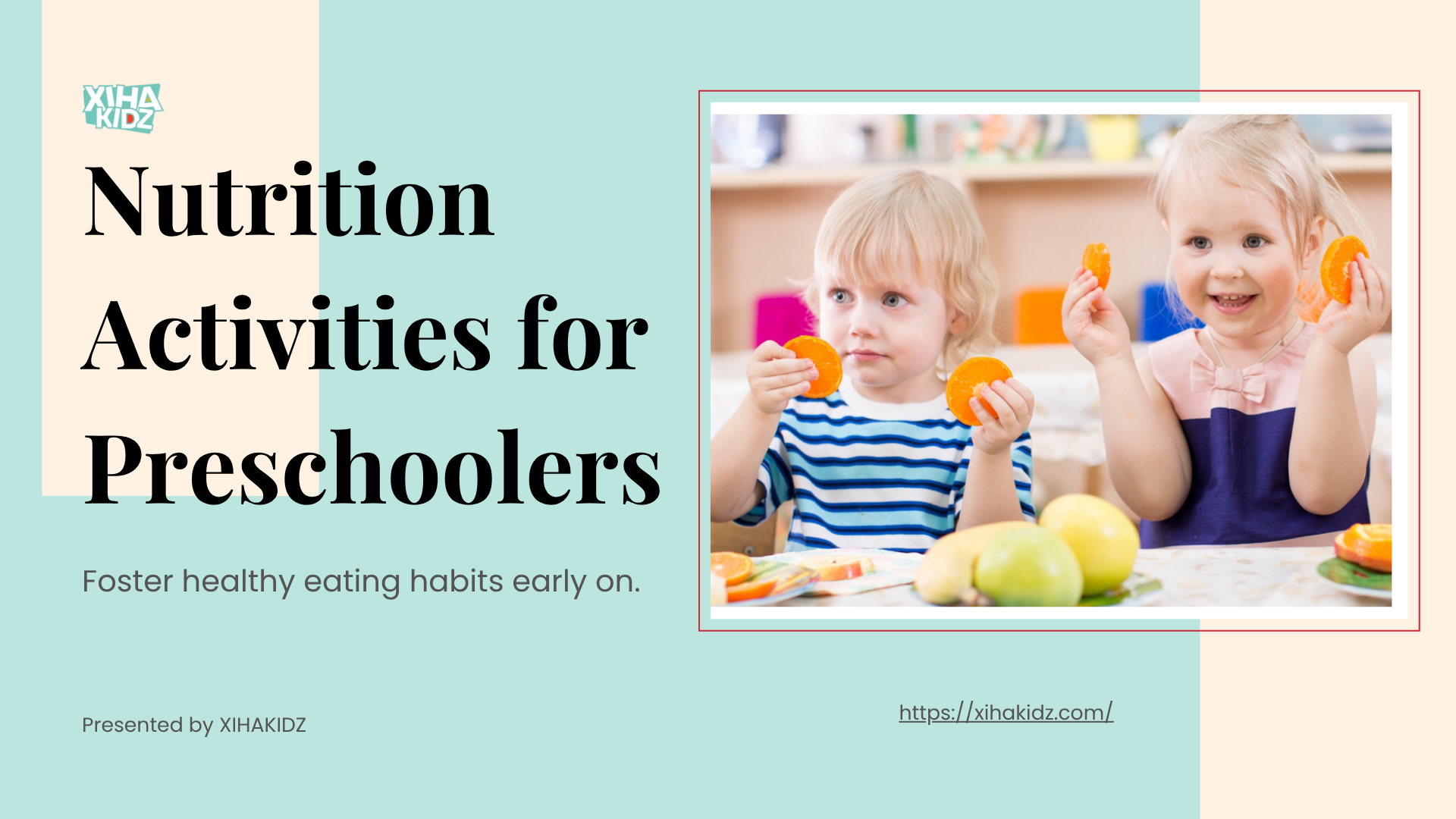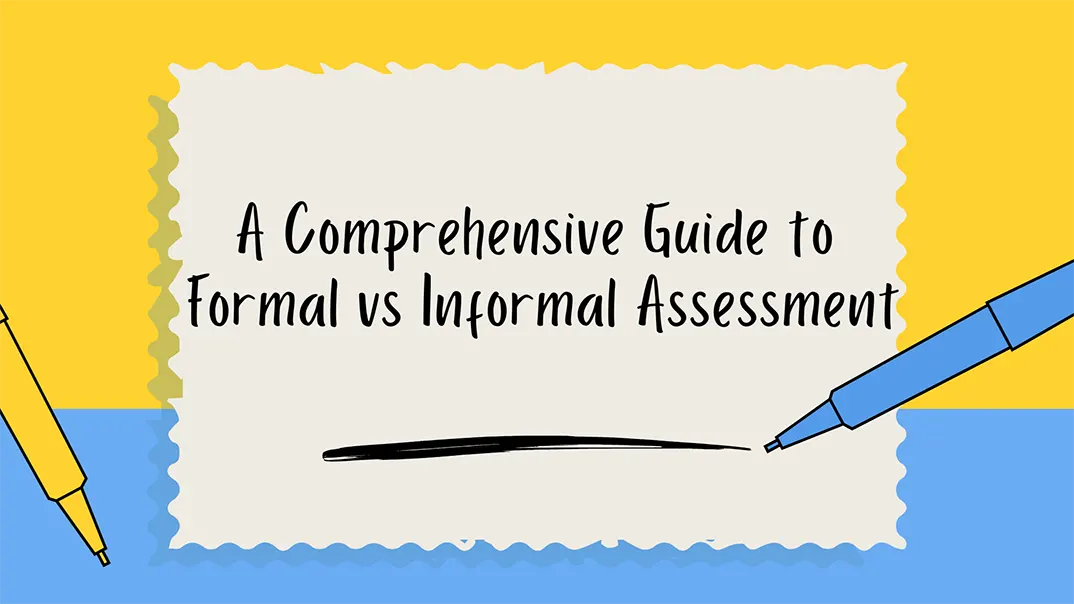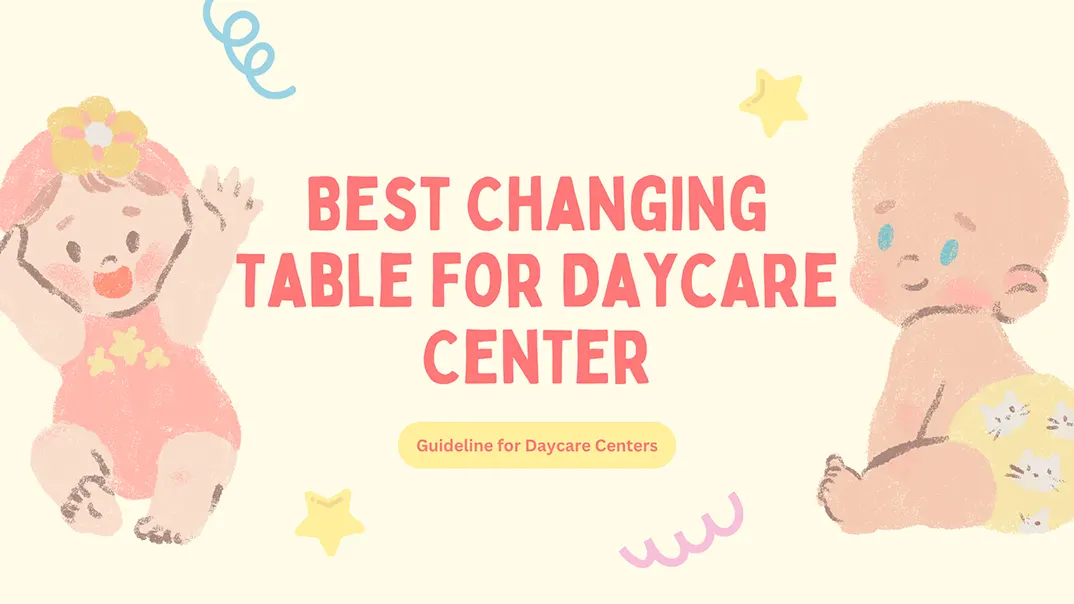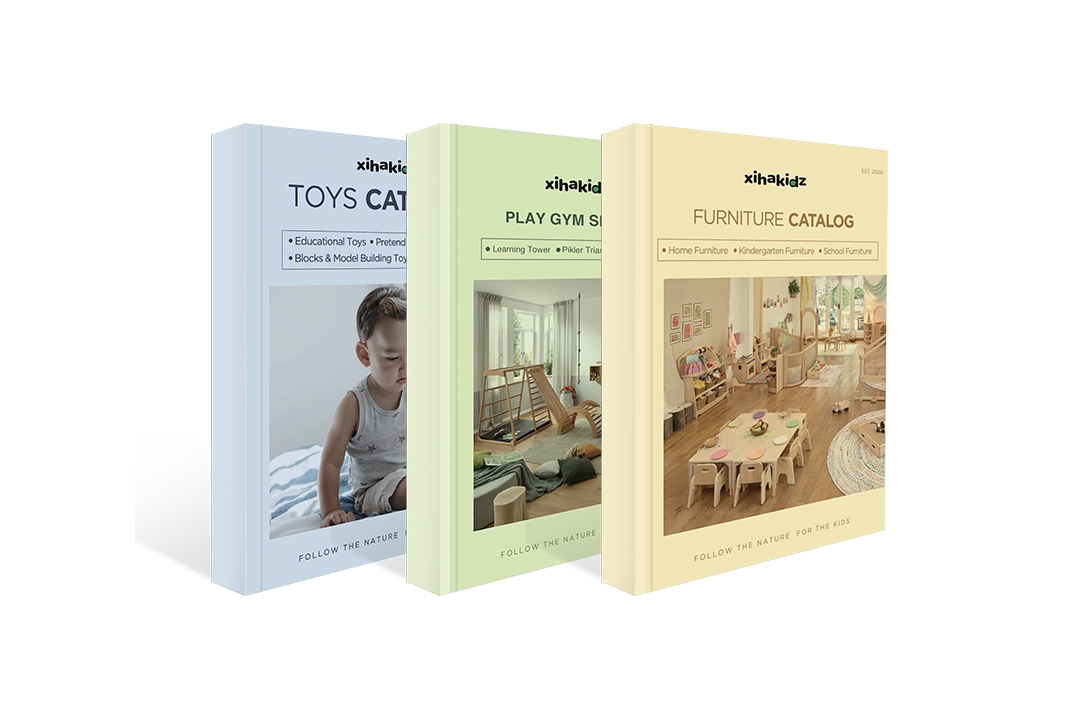News & Article

Grounded in the idea that the environment acts as the “third teacher,” a Reggio Emilia classroom emphasizes natural materials, flexible layouts, and child-led learning zones. From understanding the core principles to setting up functional spaces and selecting the right furniture, this guide offers actionable tips for educators and school leaders looking to create meaningful and inspiring environments for early learners.

This guide explores how preschoolers develop an understanding of long vs short vowels through age-appropriate teaching methods, educational toys, and sound-based activities. It also addresses key challenges in the transition from short vowels to long vowels, and offers actionable solutions, FAQs, and learning strategies based on Montessori principles.
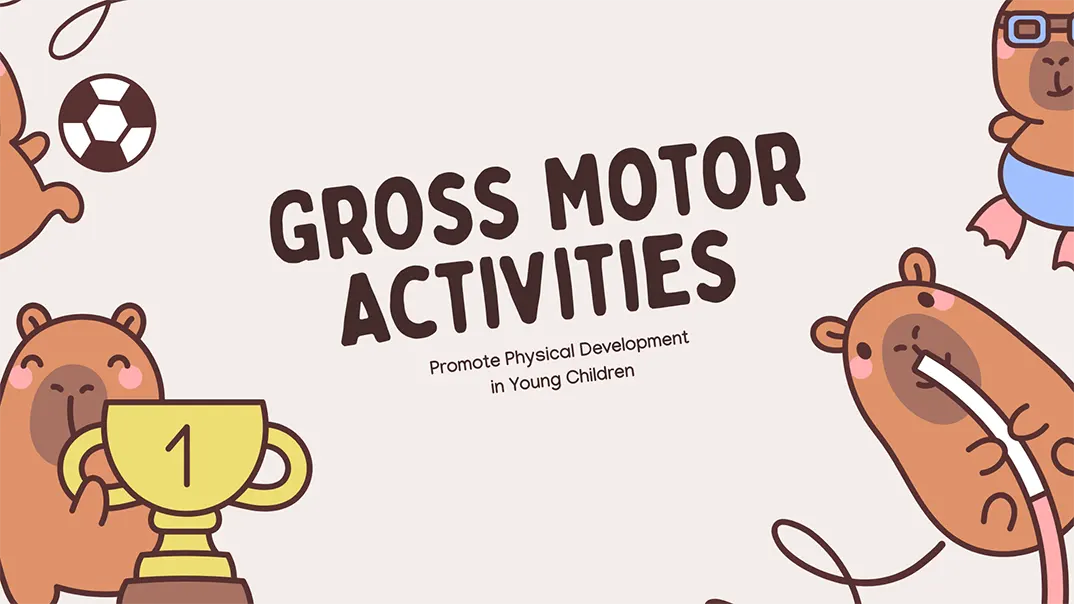
In this article, we will explore 30 fun and practical gross motor activities that are designed to enhance physical skills while keeping children entertained and active. Each activity includes clear steps and educational value, making it easy for parents, teachers, and caregivers to incorporate them into daily routines.

This article explores various types of classroom seating arrangements, highlighting their key benefits and potential drawbacks. It offers practical guidance to help educators design learning spaces that are both effective and inclusive. By examining how seating influences student participation, collaboration, and classroom management, this guide provides actionable strategies for creating layouts that support a wide range of teaching styles and learning needs.
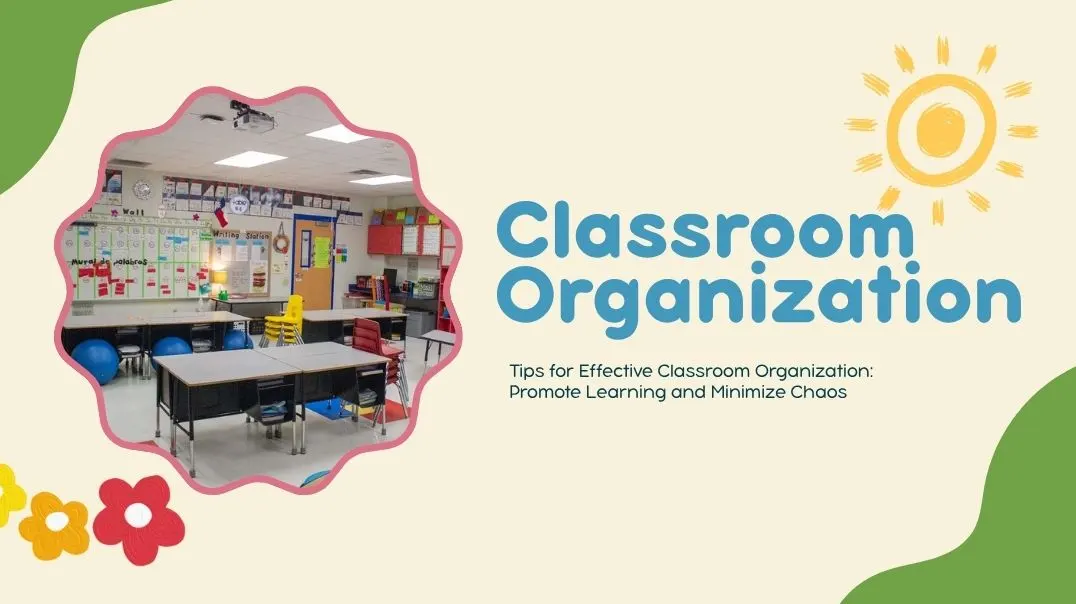
おもちゃが散らかったり、部屋の隅が乱雑だったり、生徒が集中できない状況に常に悩まされていませんか?教室の配置が、授業の質を高めるどころか、あなたのエネルギーを消耗させていませんか?空間がもっと生徒をサポートすれば、もっと多くのことを学べると感じていますか?これらは、教室の組織を戦略的に見直す必要があることを示す明確な兆候です。効果的な教室の組織とは、単に整理整頓するだけでなく、より良い学習、スムーズな学習習慣、そして全員のストレス軽減を促す戦略的な基盤です。活気のある環境を作るには、生徒一人ひとりの個性や能力を調和させることが重要です。


